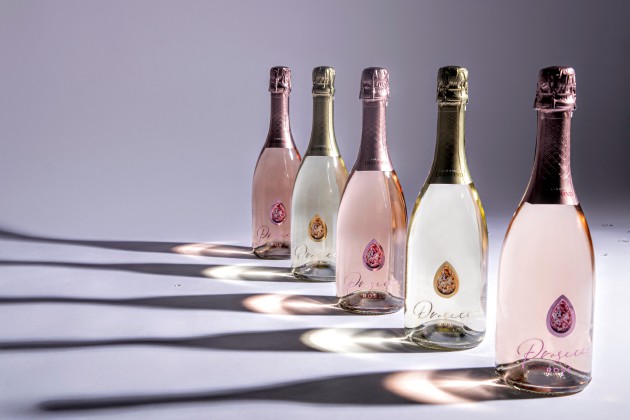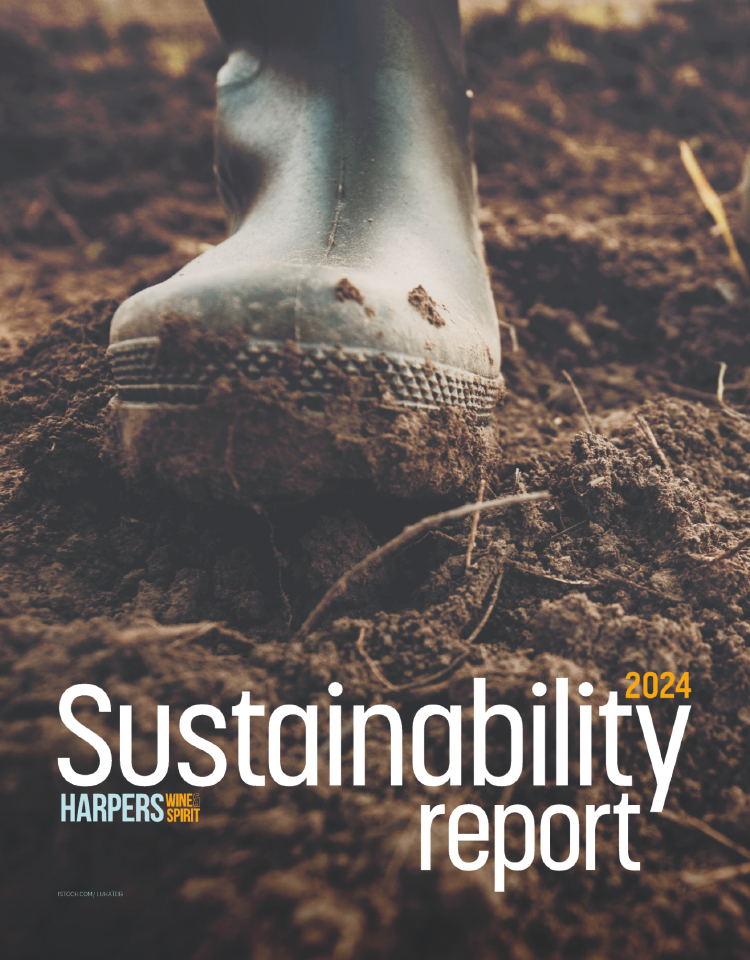
Long read: Chasing formats isn't enough for the Instagram generation
In the past decade, regular wine consumption among 18-34 year olds has fallen by 10% (Wine Intelligence), which could indicate trouble for the sector in the future. Alex Green, co-founded wine distributor Beyond Wines after working with business partner Matt Johnson at Copestick Murray where they worked on i heart and Freixenet. Here, he explores why wine brands are failing to engage the younger demographic and where they stand to make the biggest wins.
Wine is serious business, but it’s also meant to be fun. This is often forgotten by producers and marketers who tend to focus on complex production terminology and tasting cues when marketing product, but it can make all the difference between engaging consumers and alienating them. The mainstream drinker makes up the majority of wine shoppers rather than connoisseurs. Wine knowledge is also reportedly declining, so if wine brands continue to bury themselves in pretentions they will confuse consumers, miss out on sales and fail to engage new shoppers. This could prove devastating from a market sustainability perspective; without recruiting younger shoppers, the number of mainstream wine consumers will decrease and result in falling demand.
Can, box or bottle?
Format is wrongly heralded as the market’s big saviour and the only way we keep younger consumers interested. As a sector we have followed the trend for wine cans seen in the US and collectively invested in range development and strategies to make the category as big as it promised to be. Yet, it has not exploded, in fact far from it. This move was ‘industry led’, i.e. we saw what was happening in other markets and we had the technology, so jumped without asking if consumers care.
Aside from early movers within the category, it hasn’t paid off and younger consumers haven’t moved towards it en masse. Top 100 BWS Brands Freixenet (+51% MAT May 2021), 19 Crimes (+158%) and Most Wanted (+64%) have achieved fantastic growth, but the vast majority of their collective sales have come from established product sizes and formats. Instead, these brands also have focused on points of difference and communicating with consumers in a different way to competitors. This proves, while there is certainly a place for alternative formats within growing portfolios, communicating how your brand fits into a consumer’s lifestyle is far more important than packaging.
Selling wine to the wider market
Meanwhile, the category’s natural bedfellows on supermarket aisles have done an amazing job over the last decade by reacting to consumer trends and attracting new customers. When we think of brands and sectors leading innovation in flavour, perfect serve and visual cues, the world and craft beer, gin and vodka markets are streets ahead of where we are as the collective wine industry. Millennials (like myself) and Gen-Z are used to a life with instant gratification, and these brands have learnt to successfully tap into this behaviour with instantly appealing imagery and language that can be understood at a glance.
Some of this achievement comes down to available budgets, but there have been some notable exceptions in recent years such as the Provence rosé and premium Prosecco markets. On the whole however, the wine industry has sleepwalked into a place where we are failing to recruit younger consumers.
Clear messaging
Let’s face it, wine is made by wine people for wine people, rather than the vast majority of consumers who enjoy drinking wine but lack in-depth knowledge. Compared to the flavoured cider market, which welcomes customers in with easy-to-understand language, branding and visuals, wine almost proudly puts up the blockers to those who aren’t already in the know with specialist on-label language. The wall of wine in stores intimidates the vast majority of wine consumers, who aren’t part of the initiated, and shoppers often struggle to choose “a nice bottle” in the supermarket aisles. It is our job to make it easy to buy our products.
The success of i heart wines demonstrates the market value of this audience. Ten years ago, it sold its first bottle to a forward thinking buyer working for Budgens, today it is a top 10 UK wine brand that turns over in excess of £140m. Combining a recognisable logo with familiar grape types has proved popular with less formally educated drinkers, who are grateful they can identify something they enjoy. The upstart brand was probably the first to unashamedly champion the consumer and pioneered acknowledging what was, and was not, important to the mainstream off-trade shopper. Country of origin, for instance, ranked far less important than everyone thought on purchaser decision-making. And terroir? Forget it.
Pushing this idea further, Prosecco launch Liquid Diamond was established to shake up how the wine market sells to this audience to make quality wine accessible. Using emojis to convey tasting notes speaks to the smartphone generation in an instantly familiar language. At the same time, a modern bottle design free of excessive messaging helps consumers to identify the information that is important to them at a quick glance. It also enables them to recognise and re-purchase in future.
Connecting with popular culture
While celebrity ambassadors have been visible in the alcohol industry for years, the wine sector remains largely reluctant to follow suit. Yet, for a generation that majors in famous personalities, reality TV and social media, celebrity endorsement is an obvious way to appeal to this audience.
This could be down to snobbery within the industry. However, when celebrities have been widely used across the spectrum of luxury and premium goods, from watches to perfumes, the benefits to sales obviously outweigh risk to brand. Where the industry has been slow, new emerging brands will benefit, and we have seen celebrities including Gary Barlow, Cameron Diaz and Kylie Minogue take it upon themselves to start their own ranges. For innovative brands, there is scope to look beyond the traditionally famous and do something different. Social media is a great leveller, enabling ordinary people to become powerful influencers, giving rise to a new type of celebrity who can shape trends and influence consumer behaviour – something which has yet to be leveraged in the drinks sector.
This generation can spot gimmicks a mile away, so authenticity is critical. Chosen ambassadors should like and buy your product as a quick internet search can reveal whether they are actually a wine drinker. It’s also important to choose an ambassador that they relate to, respect and trust but also aligns with your wider brand values.
Is it too late?
So, is the wine sector in trouble? No. Are younger consumers driving and demanding change towards different formats? Not really, although bag-in-box goes from strength to strength with some great innovation, we should still watch what is happening outside of wine and listen to what consumers actually want.
Commercially, there are so many giant sub-categories within wine that are benefitting from younger consumers who have disposable cash, so why do we need to change our approach? Niche growth is great but it overlooks bigger market opportunities. Success will come to brands who sell great wine and talk directly to consumers. Wine is so much fun, let’s make it exciting for everybody.
Keywords:
- wine
- new
- UK
- US
- Social Media
- TV
- industry
- sector
- market
- brand
- consumers
- BWS
- brands
- younger
- younger consumers
- MAT
- wine consumers
- important
- wine people
- vast majority
- instantly familiar language
- bottle design free
- excessive messaging helps
- popular culturewhile celebrity
- messaging helps consumers







